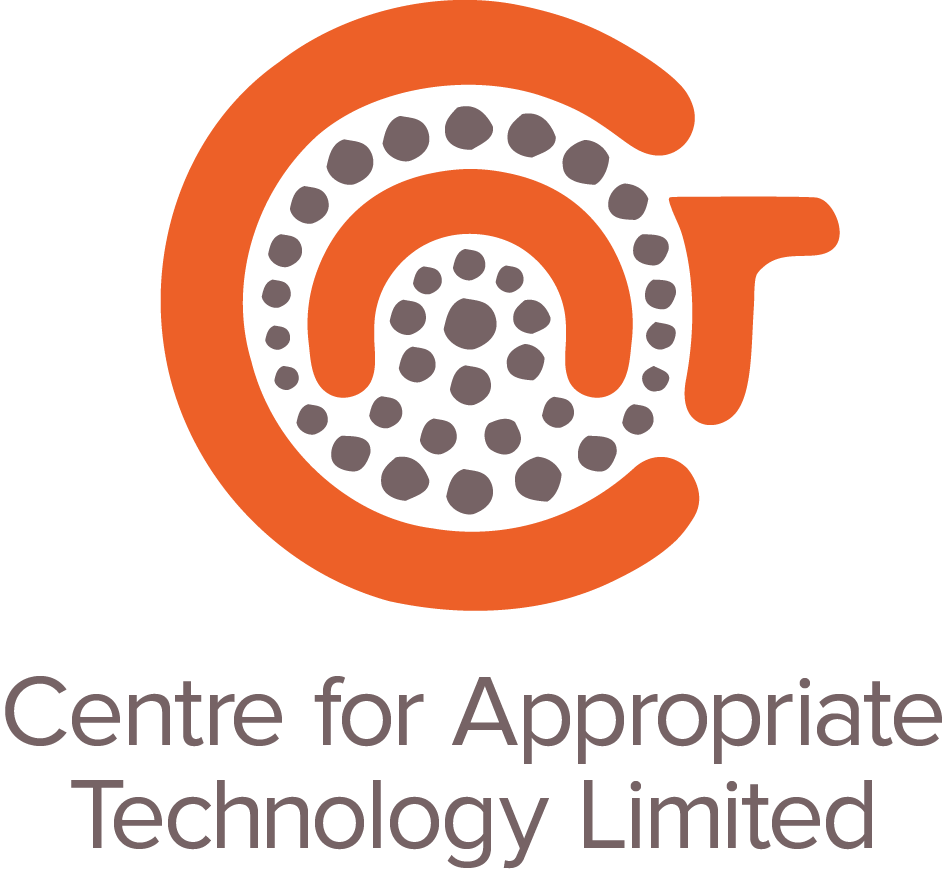Floods are dangerous both during and after the event. Flood waters have the potential to damage critical infrastructure and also spread disease.
Sewage can make its way into floodwaters and then into water supplies, making water unsafe to drink. Contaminated water can infect cuts and sores on unprotected skin and pools of stagnant water provide ideal conditions for the growth of mosquitoes.
If your community has suffered flooding, there are a few steps you can take to secure your water supply:
1. Conduct a risk assessment -Walk the supply from source to household tap.
2. Identify any hazards that may be present or caused by storm damage.
3. If you suspect the flooding has affected your water supply, tell others to boil their water.
4. Notify the authorities of anything that may be dangerous.
5. If possibble and safe to do so, fix the problem.
If you think that your supply has become contaminated, you should take preventative measures before drinking the water. This may mean boiling your water or disinfecting it with bleach. Information on how to do this is provided on the websites below.
The Health Departments in Queensland, New South Wales and Victoria all have information available on their websites on how to stay safe during the flood cleanup.
Queensland: http://www.health.qld.gov.au/healthieryou/disaster/
New South Wales: http://www.emergency.health.nsw.gov.au/floods/index.asp
Victoria: http://www.health.vic.gov.au/environment/emergency_mgmnt/flood.htm

